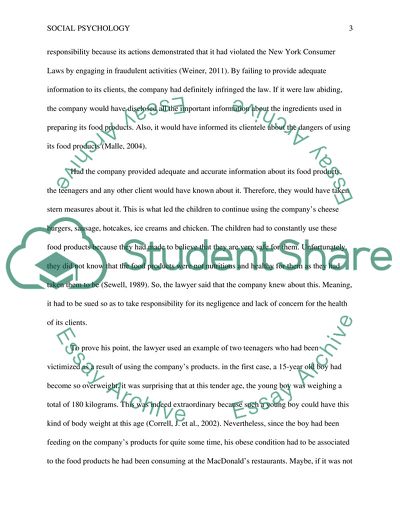Cite this document
(“Social Psychology Essay Example | Topics and Well Written Essays - 2000 words - 6”, n.d.)
Social Psychology Essay Example | Topics and Well Written Essays - 2000 words - 6. Retrieved from https://studentshare.org/psychology/1685772-social-psychology
Social Psychology Essay Example | Topics and Well Written Essays - 2000 words - 6. Retrieved from https://studentshare.org/psychology/1685772-social-psychology
(Social Psychology Essay Example | Topics and Well Written Essays - 2000 Words - 6)
Social Psychology Essay Example | Topics and Well Written Essays - 2000 Words - 6. https://studentshare.org/psychology/1685772-social-psychology.
Social Psychology Essay Example | Topics and Well Written Essays - 2000 Words - 6. https://studentshare.org/psychology/1685772-social-psychology.
“Social Psychology Essay Example | Topics and Well Written Essays - 2000 Words - 6”, n.d. https://studentshare.org/psychology/1685772-social-psychology.


